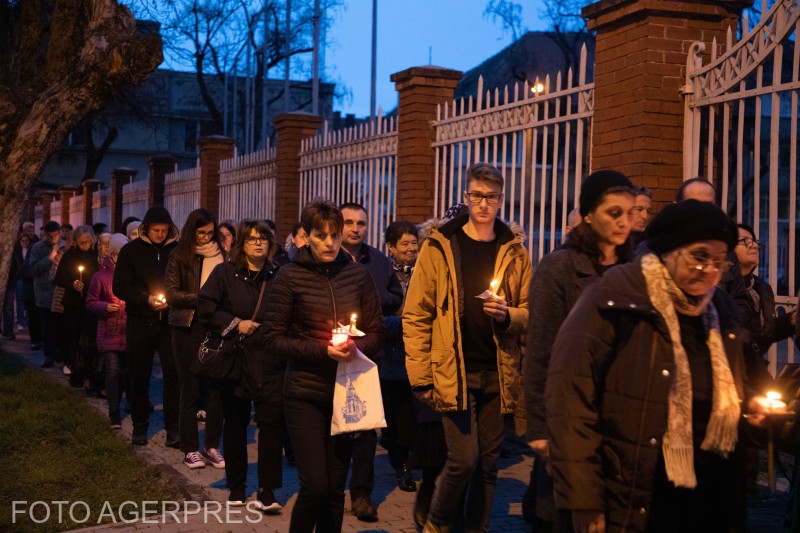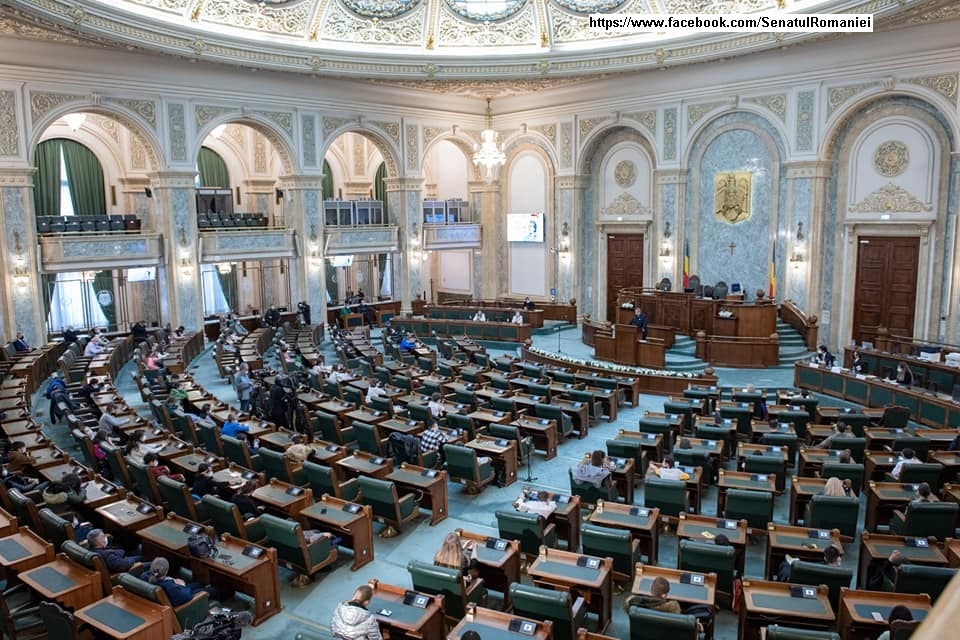Earthquake information campaign
The Romanian authorities are adopting new anti-seismic protection measures.

Bogdan Matei, 20.02.2023, 14:00
Almost half a century ago, on March 4, 1977, a magnitude 7.2 earthquake, the worst to hit Romania in the modern era, resulted in the death of 1,570 people, most of them in Bucharest, and caused material damage then estimated at over two billion dollars. About 230,000 homes were destroyed or seriously damaged and hundreds of economic units went out of business. The earthquake generated an economic and social crisis that, according to historians, the communist dictatorship of the time could not overcome until its collapse in 1989.
Experts warn that, in the event of an earthquake similar to that of 1977, hundreds of buildings could collapse, at present, only in Bucharest. Annually, over 100 earthquakes with a magnitude over 3 on the Richter scale are registered in Romania. Most of them occur in the Vrancea (southeast) seismic zone, but this month Oltenia (southwest) was also shaken, where two earthquakes over 5 caused panic and damaged blocks of flats and administrative buildings. Scared by the recent earthquakes in Turkey and Syria, which resulted in tens of thousands of deaths, the authorities in Bucharest decided to launch a national information campaign on how to react in case of an earthquake.
The government has already approved a decision by which the “Be Prepared” website should be promoted by every institution and become accessible as soon as possible to citizens. Preparing the population to know how to react during and after a possible earthquake is essential. Equally important is the way in which the directly responsible institutions must act, says the Secretary of State for Emergency Situations Raed Arafat. He announced that 30 television stations will broadcast, for a longer period, a number of videos to inform the population on how to react.
The Prime Minister Nicolae Ciucă asked the authorities to pay more attention to the school infrastructure, so that pupils and students should be protected. ‘We have 70 schools that are being refurbished through a program financed by the World Bank, but we also have 118 schools that have been assessed with seismic risk class 1’ warns the prime minister.
He asked the Minister of Development, Cseke Atilla, to make a concrete plan for consolidating all buildings with a high seismic risk. Previously, he had announced that contracts had been signed for the consolidation of 240 buildings in areas exposed to seismic risk, with the help of funding from the National Recovery and Resilience Plan. Moreover, there are several programs through which the state finances the consolidation of buildings with seismic risk, and 555 million Euros will be allocated through the National Recovery and Resilience Plan alone. Around 300 requests have already been registered on the ministrys platform. (LS)






























